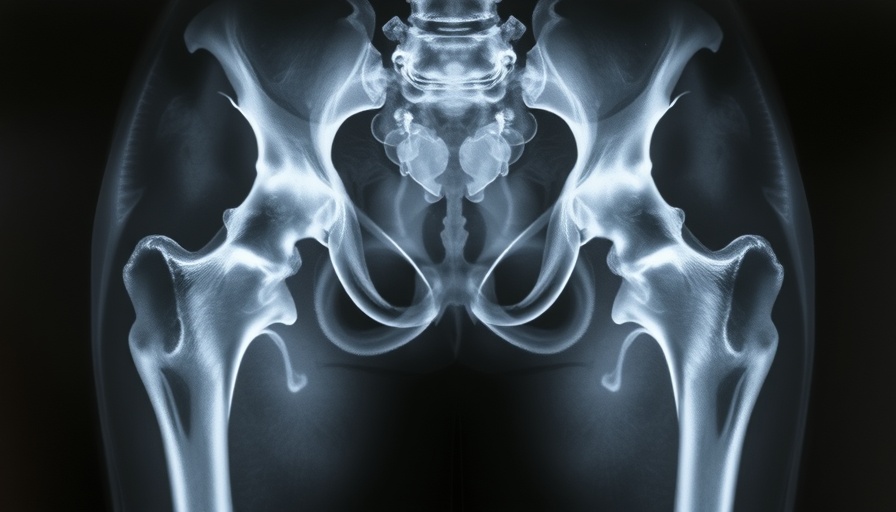
Understanding Weight Management and Hip Osteoarthritis
Osteoarthritis (OA) is a condition that significantly affects the quality of life, particularly in older adults. Hip OA is especially prevalent and often associated with being overweight. For years, it was believed that weight loss would alleviate hip pain and delay surgical interventions. However, a recent study challenges this assumption, revealing that exercise alone may be equally effective in managing hip OA symptoms, even in those who are overweight or obese.
Key Findings from the Latest Research
Published in the Annals of Internal Medicine, a study involving 101 adults aged over 50 with a BMI above 27 compared the effects of a highly restrictive ketogenic diet combined with exercise to exercise alone. After six months, the results indicated that while participants on the ketogenic diet lost more weight, there was no significant difference in hip pain relief between the two groups. Instead, both groups reported notable decreases in pain severity, signaling that exercise plays a critical role in symptom management.
Does Weight Loss Matter?
Though the participants on the ketogenic diet showcased a greater 8.5% average weight loss, it did not translate into significant improvements in pain relief compared to their counterparts who only exercised. This raises questions about the necessity of strict dieting for those suffering from hip OA. Physiotherapist Kim Bennell from the University of Melbourne suggests that biomechanical factors might contribute more significantly to hip joint health than weight alone.
The Implications of This Study
These findings may shift the approach to treating hip OA. Patients might not need to focus primarily on weight loss through restrictive diets—exercise alone could provide substantial relief. Moreover, both treatment groups experienced enhancements in hip-related quality of life, indicating a holistic benefit to maintaining physical activity.
Broader Perspectives: The Role of Surgical Options
With the study's findings, healthcare professionals must consider how they counsel patients regarding surgery. If significant weight loss does not correlate with improved joint pain, patients may delay seeking surgical interventions like hip replacements. Rheumatologists suggest that understanding this relationship can help manage expectations and treatment timelines effectively.
Looking Ahead: Future Research Directions
Given the complex nature of OA and its treatment, further studies are necessary to explore various aspects influencing weight, exercise, and overall joint health. Researchers are particularly interested in assessing pharmacotherapies, such as weight-loss medications, to see if they can enhance the benefits of exercise for managing hip OA.
In conclusion, while weight management is a critical factor in health, this study highlights that effective pain management for hip OA may not hinge solely on diet. Emphasizing regular exercise and its benefits can empower individuals to take control of their health without the pressure of extreme dieting.
 Add Row
Add Row  Add
Add 




Write A Comment